I am trying to understand how BJT high side circuit works. I ran it in LTSPICE, but I fail to see how certain voltages get computed. 
Can someone, please, explain how to arrive at Vbq2 = 14.2V? Also, why Ieq2 = 5mA?
Thanks
I am trying to understand how BJT high side circuit works. I ran it in LTSPICE, but I fail to see how certain voltages get computed. 
Can someone, please, explain how to arrive at Vbq2 = 14.2V? Also, why Ieq2 = 5mA?
Thanks
When Q1 is saturated Vbq2 is 15V-Vbe of Q2. Vbe of a saturated transistor is around 0.7V for reasonable base current, so Vbq2 will be about 14.3V.
Ieq2 is the emitter current of Q2 and is equal to the sum of base current and collector current.
Note that Ic of Q2 is less than half the base current. You can infer something about how reasonable the base current is from that.